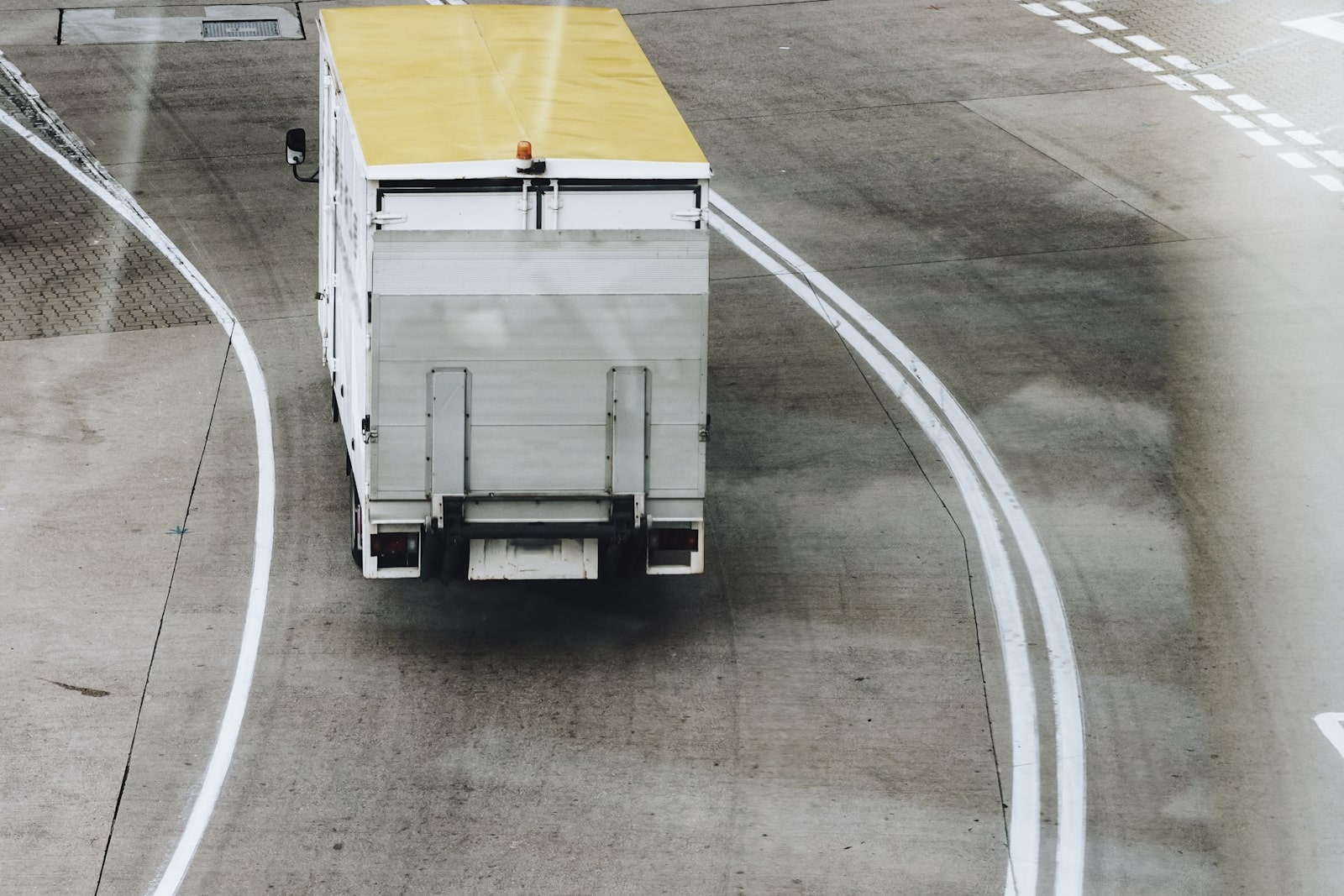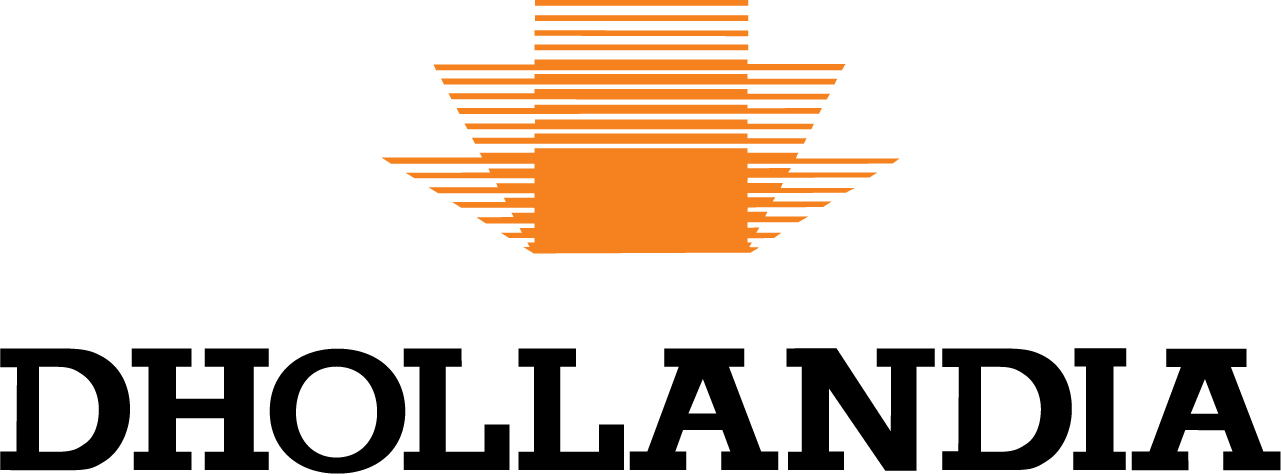
Comparison of Cantilever Tail Lifts with Other Lifts
Efficient cargo handling is a critical component of logistics operations across South Africa, and selecting the right equipment can dramatically affect productivity. The cantilever tail lift is a standout solution for heavy-load operations, offering robust structural support and ramp functionality that can accelerate loading and unloading. Alongside column lifts and tuck-away lifts, it represents one of the primary tail-lift types used across urban, regional, and long-haul transport operations.
With the growth of e-commerce, cold-chain freight, and multi-drop delivery, operators need to balance cost, safety, and operational efficiency when choosing tail-lift solutions. Each type has its own strengths, weaknesses, and ideal use scenarios, making it important to consider factors such as load capacity, installation complexity, maintenance, and space utilisation.
Design and Mechanism
The design of a tail lift greatly influences its performance, load handling, and suitability for different operations. A cantilever tail lift uses hydraulic arms to support a horizontal platform that often doubles as the rear door. Its tilt functionality allows it to act as a ramp, making it especially valuable for loading heavy or uneven cargo.
Column lifts operate with vertical guide rails that move the platform straight up and down, offering stability but less flexibility. Tuck-away lifts fold and stow under the vehicle bed, optimising space but introducing extra mechanical joints that may reduce rigidity compared to a cantilever lift.
Key design considerations:
- Cantilever tail lift uses hydraulic arms and a tilting platform for heavy load and ramp functionality
- Column lifts have vertical rails for straight-up movement and high stability
- Tuck-away lifts stow under the bed, freeing rear access but adding mechanical complexity
- Platform size and ground clearance affect loading versatility
- Structural reinforcement of the vehicle frame may be needed for heavier lifts
Understanding these design differences helps operators determine which tail-lift type best aligns with their cargo, vehicle type, and route requirements. The cantilever tail lift is ideal when strength and flexibility are priorities, whereas tuck-away lifts excel where space utilisation is critical.
Overall, selecting the correct mechanism ensures smoother operations, safer load handling, and minimal impact on vehicle dimensions and access.
Load Capacity and Strength
Load capacity is a primary factor when selecting a tail lift. The cantilever tail lift typically offers the highest load ratings, often handling heavy pallets, large crates, or industrial equipment efficiently. Column lifts handle moderate loads effectively, and tuck-away lifts generally serve lighter to medium-duty applications.
Beyond static load weight, operators must consider dynamic forces, such as tilting when bridging uneven surfaces or moving loads off-center. Improper load management can compromise safety and reduce the effective capacity of a tail lift.
The strength and load-bearing ability of the cantilever tail lift make it suitable for heavy-duty operations, while column and tuck-away lifts provide adequate performance for lighter cargo or multi-stop urban deliveries. Ultimately, capacity considerations must be paired with operational frequency and safety requirements to ensure consistent efficiency.
Installation and Vehicle Integration
Proper installation is critical to tail-lift performance and safety. Cantilever tail lifts often require reinforced chassis mounting points and integration with the rear door assembly. The complexity of hydraulic arms and tilt mechanisms can increase installation time, especially on older or retrofitted vehicles.
Column lifts attach to vertical guide rails, typically requiring minimal modifications to the vehicle frame. Tuck-away lifts must be mounted under the vehicle bed, requiring clearance for stowage and deployment. Installation considerations also include payload reduction, ground clearance, and local road conditions.
Key installation factors:
- Cantilever tail lift requires reinforced chassis and door integration
- Column lift attaches to vertical rails with simpler retrofitting
- Tuck-away lift needs under-bed clearance and geometry checks
- Installation affects vehicle payload and rear access
- Local terrain and road conditions influence mounting requirements
Ensuring the correct integration supports not only operational efficiency but also vehicle longevity and compliance with South African safety regulations. Well-installed lifts reduce the risk of hydraulic or mechanical failure while improving loading cycle times.
Ultimately, selecting a tail lift compatible with the vehicle’s design reduces downtime and maximises safety during operation.
Operational Efficiency
Tail-lift efficiency determines how quickly goods can be loaded or unloaded, impacting labour costs and fleet utilisation. The cantilever tail lift combines ramp functionality with strong support, enabling direct ground-level loading for heavy or irregular cargo, though deployment may take slightly longer than simpler lifts.
Column lifts provide fast vertical movement, ideal for multi-stop urban deliveries where cycle times are critical. Tuck-away lifts offer unobstructed rear access when stowed, although the unfolding process may slow down operations compared to column lifts.
Factors influencing operational efficiency:
- Cantilever tail lift allows ramp-style loading, ideal for heavy loads
- Column lift provides fast vertical movement, suited for frequent stops
- Tuck-away lift preserves rear access, reducing obstruction for multi-drop routes
- Deployment speed and cycle time impact labour utilisation
- Operator training is essential for safe, efficient operation
Tail-lift efficiency directly affects fleet throughput and cost-per-drop, particularly in densely populated urban areas with many stops. Choosing a lift that aligns with operational requirements can minimise delays and manual handling effort.
Overall, understanding the operational characteristics of each lift type ensures smoother logistics workflows and reduces strain on operators.
Space Utilisation and Storage
Optimising cargo space and rear access is crucial for logistics operations. Cantilever tail lifts may extend behind the vehicle or limit docking clearance, while column lifts occupy minimal rear width and tuck-away lifts hide completely under the vehicle bed.
Choosing the right lift impacts workflow in yards, urban streets, and tight loading zones. Tuck-away lifts are especially advantageous for urban delivery fleets, while cantilever lifts perform well in long-haul and heavy-load environments.
Space utilisation aspects:
- Cantilever tail lift may limit rear clearance when stowed
- Column lift occupies minimal space, maintaining rear access
- Tuck-away lift stows under the bed for full rear opening
- Lift size and deployment radius influence manoeuvrability
- Clearance considerations are critical for docking and urban operations
Selecting a lift that complements the vehicle and operational environment ensures cargo handling remains smooth, safe, and space-efficient.
Ultimately, proper space utilisation contributes to faster loading cycles, fewer accidents, and better vehicle versatility.
Safety Considerations
Safety is a primary concern for tail-lift operations. A cantilever tail lift can pose risks if loads are off-centre or deployed on uneven ground. Column lifts require precise alignment to maintain stability during vertical movement. Tuck-away lifts may create pinch points during unfolding and require under-chassis inspections for wear or damage.
Operators must comply with South African safety regulations, maintain regular inspection routines, and provide proper training. Load placement, platform deployment, and emergency-stop procedures are critical for preventing injuries.
Safe operation depends on consistent maintenance, correct load handling, and adherence to all guidelines. Selecting the right tail-lift type reduces operational risks while maintaining productivity.
Maintenance and Durability
Durability and maintenance requirements are key factors in tail-lift selection. Cantilever tail lifts involve more hydraulic arms and hinge points, requiring frequent inspections to maintain reliability. Column lifts are mechanically simpler, reducing maintenance needs and downtime. Tuck-away lifts require regular under-chassis checks to avoid corrosion and mechanical wear, particularly in South Africa’s coastal and dusty regions.
Choosing materials with corrosion resistance and working with a local service provider ensures longevity. Availability of spare parts and a responsive service network are crucial for minimizing fleet downtime and keeping lifts in optimal condition.
Maintenance considerations:
- Cantilever tail lift requires frequent checks of hydraulics and hinges
- Column lift has fewer moving parts and simpler maintenance
- Tuck-away lift needs under-chassis inspection and cleaning
- Local climate impacts corrosion and wear
- Service network availability affects downtime and reliability
Regular maintenance prolongs tail-lift life, reduces operational risk, and keeps fleets productive and compliant with safety regulations.
Cost and Return on Investment
Investment decisions should consider both upfront cost and lifecycle ROI. Cantilever tail lifts are more expensive initially due to structural complexity but can offer faster heavy-load handling and ramp functionality that improves efficiency. Column lifts offer lower initial cost and faster vertical cycles, ideal for urban delivery fleets. Tuck-away lifts provide superior space utilisation but may be constrained in heavy-load scenarios.
Evaluating cost against operational efficiency, maintenance requirements, and fleet productivity ensures a balanced decision. A tail lift that fits operational needs will ultimately generate the highest return through reduced labour, faster loading, and lower downtime.
Finding Quality Tail Lifts for Transporting Goods
At Dhollandia SA, we understand the critical role a cantilever tail lift and other tail-lift types play in ensuring safe, efficient cargo handling. Since our establishment in 2018 as DH Lifts, we have grown our presence across South Africa with branches in Port Elizabeth, Cape Town, Durban, and Johannesburg. As the authorised dealer of Dhollandia in South Africa, we leverage the expertise of Europe’s leading tail-lift manufacturer to provide solutions that are safe, reliable, flexible, and customised to meet the needs of our clients.
Our extensive product range covers lift capacities from 150 kg up to 16 000 kg, including cantilever lifts, slider lifts, fold-away lifts, column lifts, passenger lifts, and van lifts. Each solution can be tailored to the specific requirements of different industries, from FMCG and food transport to heavy machinery logistics, ensuring our customers receive the optimal equipment for their fleet operations.
Why choose Dhollandia SA:
- Safe and reliable solutions designed for diverse load types and environments
- Flexible, customer-oriented options that can be customised for any fleet
- Superior finishes with low-maintenance bearings, stainless steel piston rods, and corrosion-resistant coatings
- Cost-effective, environmentally conscious, and budget-friendly tail-lift solutions
- Quick and easy installation supported by a professional service network
- Unrivalled customer service and ongoing maintenance support
We combine local expertise with the innovation and quality of the international Dhollandia brand. Our full-service offering includes maintenance, repairs, and a 24-hour national breakdown service, not only for Dhollandia products but also for other brands. We also supply Pommier equipment and accessories, including couplings, protections, fixings, and lighting, further enhancing vehicle safety and functionality.
Our strong team, with over 20 years of combined experience, is committed to delivering top-quality service efficiently and at a reasonable cost. We focus on exceeding customer expectations and building long-term, mutually beneficial relationships. By working with us, operators gain peace of mind, maximised tail-lift longevity, and enhanced operational reliability, making Dhollandia SA the smart and safe choice for transporting goods across South Africa.
Maximising Efficiency and Safety with the Right Tail Lift
The cantilever tail lift remains a top choice for South African operators who need strong load support and ramp functionality, especially for heavy pallets and industrial goods. Column lifts excel for multi-stop urban delivery fleets, and tuck-away lifts are ideal where rear access and space utilisation are critical.
Choosing the right tail-lift solution requires evaluating design, capacity, installation, efficiency, space utilisation, safety, maintenance, and cost. Operators who align tail-lift selection with vehicle type, cargo profile, and route demands will achieve safer, faster, and more cost-effective operations.
If you are considering tail-lift options for your fleet, we encourage you to contact us at Dhollandia SA. With extensive experience in South Africa, high-quality build standards, and a strong service network, we can help you choose the ideal solution and integrate it with your vehicles for maximum efficiency and return on investment.
